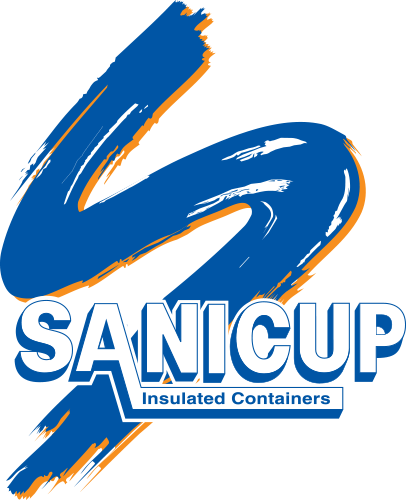FAQS
Your Questions Answered

Biodegradable FAQs
1. What plastic raw material is used to manufacture Biodegradable Sanicup ‘styrofoam’?
Epsilyte in the USA produces EVRgreen®, the raw material used in the manufacturing of Sanicup products. A unique polymerization technique is used by EVRgreen® advanced material to create biodegradable resin. The United States Food and Drug Administration (USFDA), Health Canada, and the European Union have all given their approval to EVRgreen®.
See more at: www.epsilyte.com/carbon-favorable-products/evrgreen
2. What is the biodegradation test results?
An independent test conducted by Eden Research Laboratory, Albuquerque, New Mexico, USA showed that Sanicup products made from EVRgreen® EPS degrades at a rate of 92% over 4 years in biologically active landfills such as the Beetham Landfill in Trinidad.
The latest test results showed 90.5% biodegradation of the sample over a period of 2 years, 10 months and 5 days which was as expected. The test used is the International ASTM D5511 test method: www.astm.org/Standards/D5511
3. How does biodegradation work?
Natural microorganisms found in biologically active landfills, such as the Beetham Landfill in Trinidad, will degrade the polystyrene foam. This process of degradation is similar to that of other organic material such as food waste and paper.
4. What is left after biodegradation?
Sanicup biodegradable ‘styrofoam’ products are 90% air and 10% plastic so after they are discarded and enter the landfill they break down into a small percentage of top-soil like mass, methane and carbon dioxide which is typical of most degradable organic materials.


